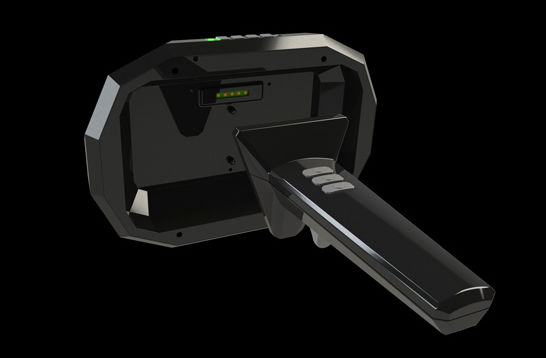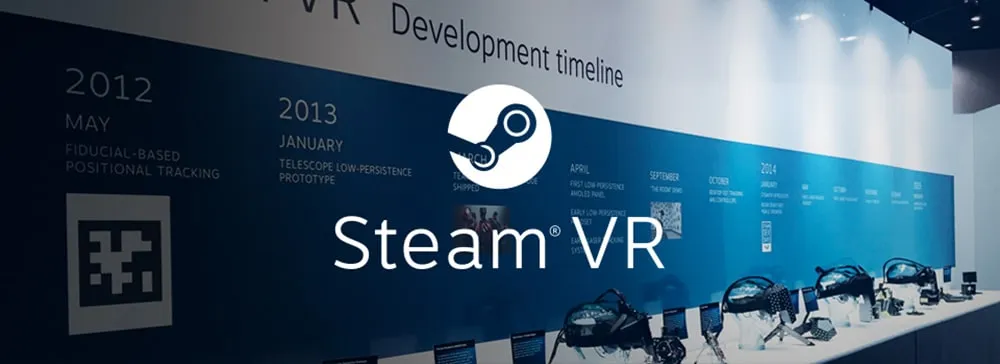Valve Software is revealing details surrounding its efforts to share its innovative tracking technology with others, declaring: “ATTENTION INVENTORS, PRODUCT DESIGNERS, VR HACKERS, AND DEVICE MANUFACTURERS: Use the World’s Best 3D Tracking Technology, Royalty Free.”
Licensees of Valve’s SteamVR Tracking technology get access to “a hardware development kit including a reference tracked device, sensors, and software tools to help design and build new devices.” For the time being, Valve is requiring licensees physically attend a $3,000 session held by a partner company called Synapse to “propel your design team into the world of SteamVR Tracking.” The first sessions are in September.
We’re still digesting everything revealed on the page and the assoicated Q&A, but there are all sorts of interesting tidbits like the comment that “a host” is needed to integrate”3D positional information from multiple devices.” This is a PC “for now.”
The Q&A page also states there’s “no catch” — “it’s just the best tracking tech out there, and you can have it for use in your product. There is a cost for the introductory class, so that’s kind of a catch if you want to call it one. But: No licensing fees! No royalties!”

Valve uses bases stations with spinning lasers scanning the room combined with “simple trigonometry to find the location of each sensor to within a fraction of a millimeter.” These kinds of sensors are all over the HTC Vive controllers and headset and it is key to the Vive’s mind-blowing walk-around VR technology. Other companies like Optitrack and Oculus use different kinds of cameras to see markers or lights placed on headsets, controllers, or objects.
If you attach sensors to an object like a ping pong paddle would bring the paddle itself into a VR experience, providing the exact feel of a real object in VR. All you would need to do is make the paddle vibrate in the right spot to provide the exact feeling of playing a real game of ping pong. This is precisely the type of accessory licensees should be able to build with access to the technology.
It doesn’t appear base station design is part of what they are opening up to third-parties at the moment, stating “we need to make sure that there is complete compatibility among base stations and tracked devices. Longer term, we do want the hardware community to help us evolve base station design and to help innovate in that area, but given our own limited bandwidth we need to push that collaboration out to some future date.”
Details to come. Thanks to @steamDB and Martin Benjamins for alerting us to these pages.
























